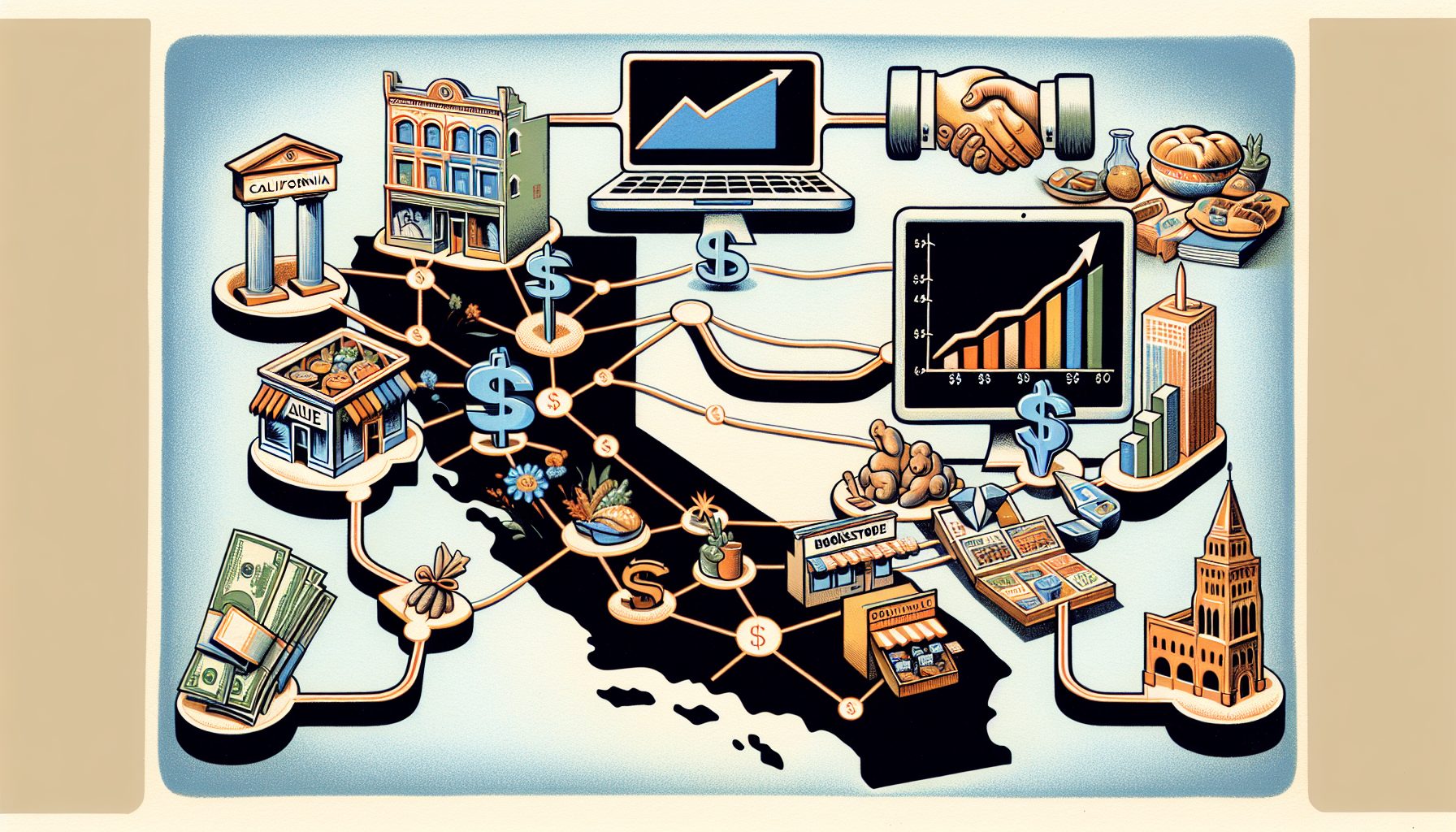The Federal Centers for Disease Control and Prevention (CDC) thinks it has found a better way to detect, track and share information about a possible flu pandemic should one break out in the U.S. But first, the CDC will have to convince a skeptical medical community that its technology-based solution, called BioSense, is a prescription worth filling.
Designed as a network that sits atop participating hospitals’ existing systems, BioSense gathers and analyzes their data in real time.
The idea is to obtain a constantly refreshed flow of patient information from the field, enabling CDC epidemiologists to immediately detect the early signs of an outbreak of avian flu or other flu-like disease, and help marshal forces to control it.
“Part of a larger bird flu initiative at CDC, BioSense is designed to give us situational awareness of what is happening in a hospital or a city,” says Barry Rhodes, associate director for technology and informatics at the CDC and the project’s co-leader.
Started in 2003 and made operational in 2004, the BioSense network first gathered medical information on a daily basis from Defense Department and Veterans Affairs hospitals and one large medical laboratory. But late last year, the CDC began an initiative to expand BioSense to, in effect, take the pulse of a much broader spectrum of society, connecting civilian hospitals around the country.
The CDC, which spent $50 million for hospital recruitment and technology last year, will spend another $50 million to expand the network this year to connect more hospitals. The federal agency also expects to start sharing, in turn, its analysis of local and regional influenza-like illness trends with health-care and other public agencies in affected areas.
But the CDC is having a hard time selling BioSense to the civilian medical community for a host of reasons that include security and privacy concerns, the need for hospitals to recode patient and medical records, the feeling of some health-care officials that they are already overburdened with information-technology projects, and the skepticism of hospital administrators who simply don’t think they need the system.
Since the CDC began actively recruiting hospitals last fall, only a few dozen non-government hospitals have been connected.
“Like many I.T. projects, BioSense is more difficult to get running than we expected and it is taking longer to get it to work right,” says Dr. Jerome Tokars, a medical epidemiologist working on the project.
The people who work at or for CDC see BioSense as a national imperative that will become widely used by hospitals throughout the U.S. sooner or later. “We had people from the medical
community last fall telling us what we’re doing is impossible,” says David Groves, vice president for public health informatics and CDC project head at SAIC, a BioSense contractor.
“We got the system up and running at 11 health-care
organizations representing 33 hospitals in a few months,” Groves says, “and we’ve got hundreds to go this year. We will never connect all 5,600 hospitals in America, and even connecting the 1,000 hospitals in large cities will still take two to three years or more. But it’s not impossible.”
Since Jan. 1, those 33 hospitals have been feeding information about patients coming through their doors complaining of flu-like symptoms to the CDC via the network. So far, though, the flow of information has been a one-way street.
As of mid-February, no hospitals in the network were yet receiving reports on influenza trends in their local areas. The CDC expects to start making its local and regional analyses of influenza outbreaks and related-illness trends available to participating hospitals starting this spring.
The CDC now wants to connect at least 300 more hospitals to BioSense by year-end. But, according to Tokars, “I don’t know if we will get to our goal.” In hindsight, he says, “maybe it would have been good to get it up a few years ago.”
Story Guide:
CDC: Technology May Prevent Pandemic








